Muslim Girls Design Their Own Culturally Appropriate Basketball Uniforms
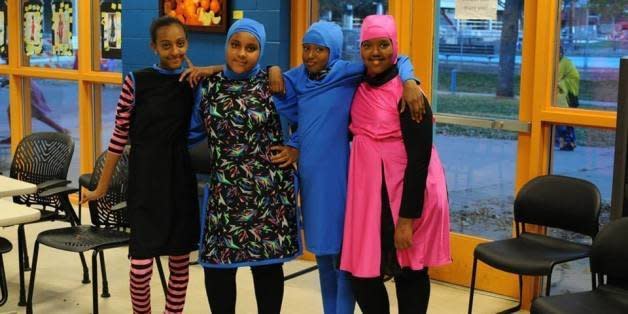
The Cedar Riverside girls’ community basketball team in Minneapolis had a big problem.
Being of the Muslim faith, the middle-school students dress in hijabs, which tend to get in the way of the action on the basketball court. Though the girls could go without headscarves during twice-weekly girls-only sessions at their home gym, the Brian Coyle Community Center, this significantly limited their playing time.
"I wouldn't be able to do moves or anything because of my skirt, and every time I run my wrap will keep falling,” the team’s point guard, Sihal Ali, explained to KARE, the Minneapolis NBC affiliate, this week.
The solution the girls arrived at, with the help of students at the University of Minnesota College of Design and the Tucker Center for Research on Girls & Women in Sport, were new uniforms they designed themselves to be culturally and religiously appropriate, while allowing them to play uninhibited. The initiative was supported by a university grant.
Love HuffPost? Become a founding member of HuffPost Plus today.
Officially unveiled at a fashion show event Wednesday on the University of Minnesota campus, the new uniforms consist of a long-sleeve tunic top, a flexible skirt, leggings and a tighter hijab, Minnesota Daily reports. They are made of a breathable fabric. The hijab is fastened in place with Velcro for added safety.
The uniforms were made two blocks from the gym at Mosque Shafici, where university design students worked at sewing machines alongside community volunteers for four weeks in April, according to the Star-Tribune. They had been in the works since last fall, when the girls modeled prototypes of designs they had helped create to collect feedback from parents and community members.
The girls, who are East African, are participants in the Girls Initiative in Recreation and Leisurely Sports program, established in 2008 by Fatimah Hussein in an effort to help the community’s girls stay active.
As The New York Times previously reported, Muslim women of all ages, though encouraged by their faith to take care of their bodies, tend to have a hard time finding culturally appropriate fitness wear.
Female Muslim athletes have been blocked from participating in major events due to their headscarves.
In 2011, the Iranian women’s soccer team was disqualified from the Olympics because the FIFA banned their hijabs, though FIFA overturned its headscarf ban the following year. And last year, the International Basketball Association faced criticism over its ban on hijabs and other religious headwear, a rule the organization later relaxed. The headwear rule nevertheless caused problems for Qatar's basketball team at last year's Asian Games.
The Hijab
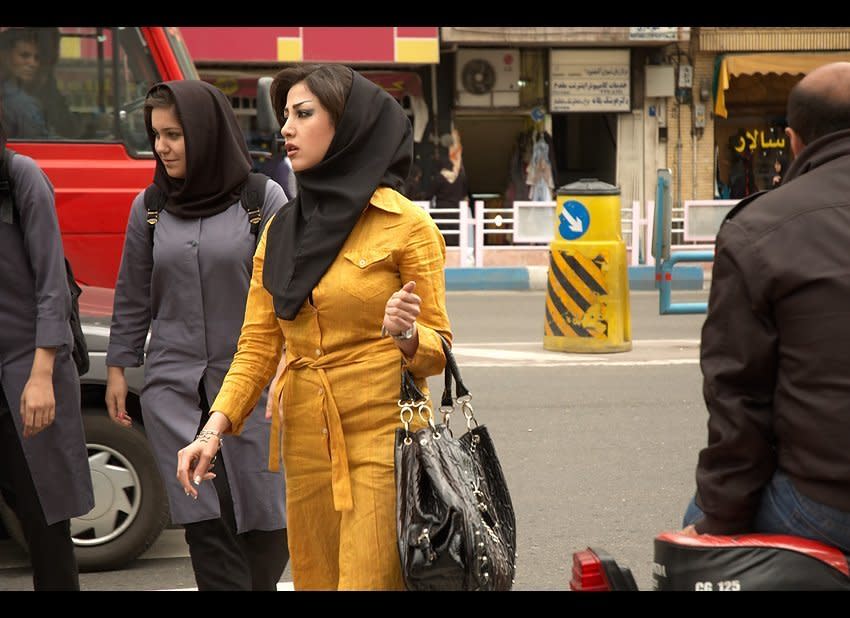
Hijab in Action
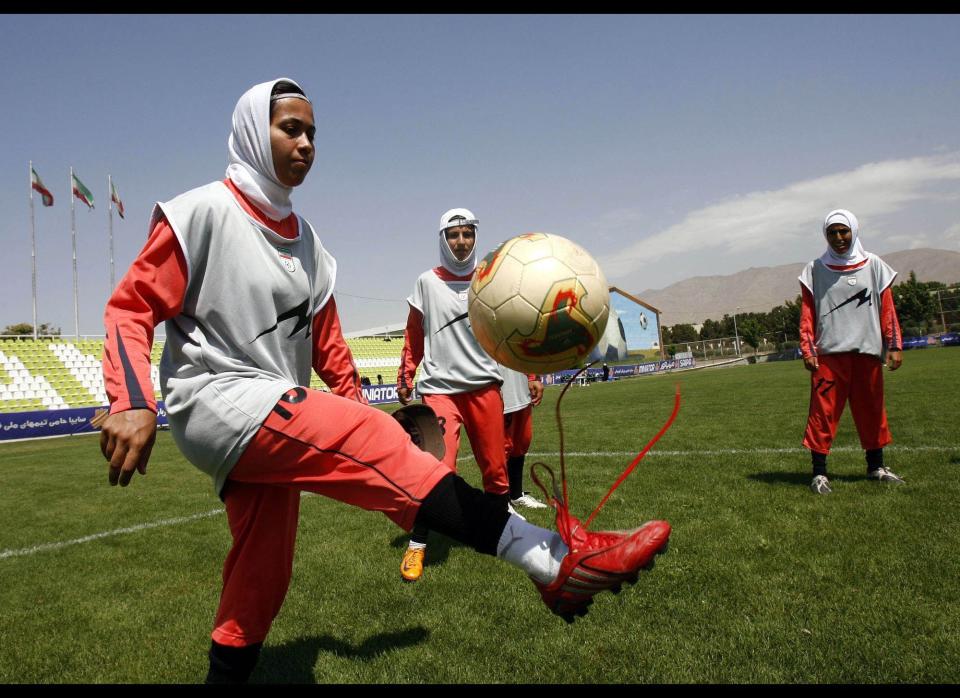
Sheila & Abaya
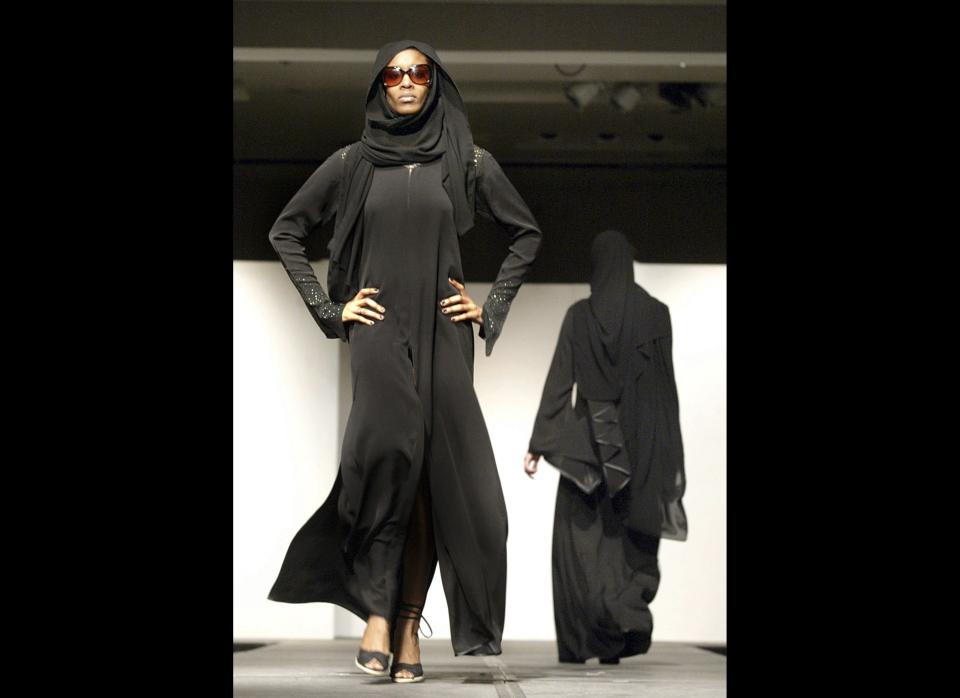
The Niqab
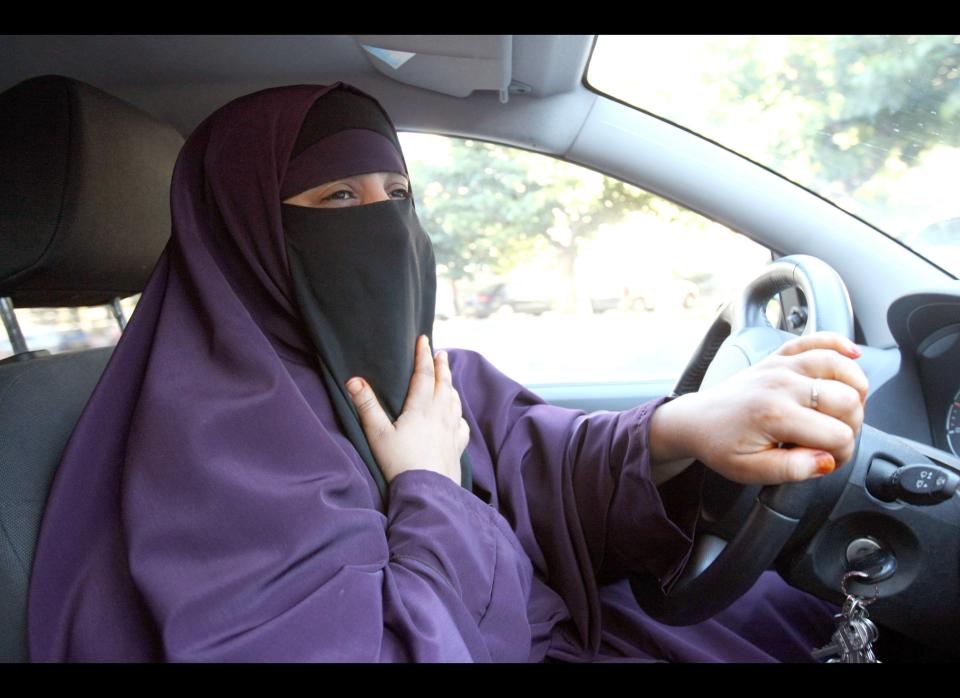
The Batula
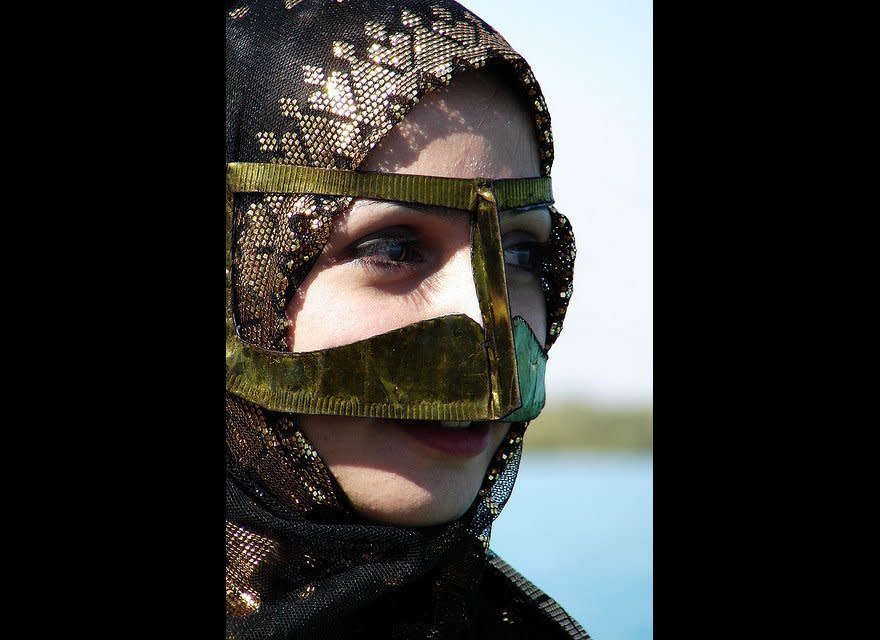
The Burqa
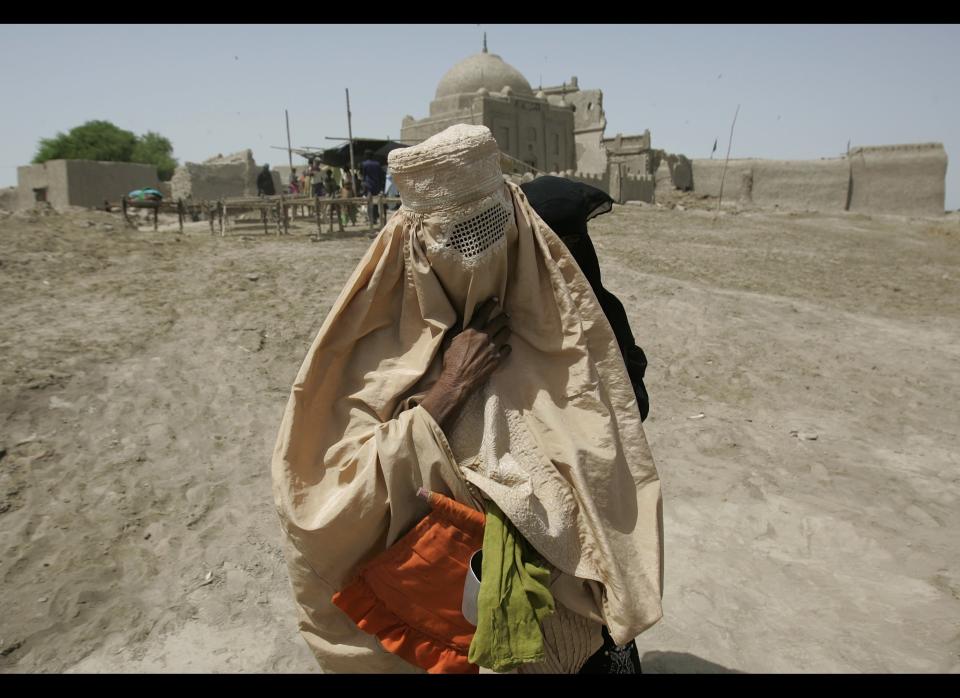
Burqas & Bicycles

Doa Gaun
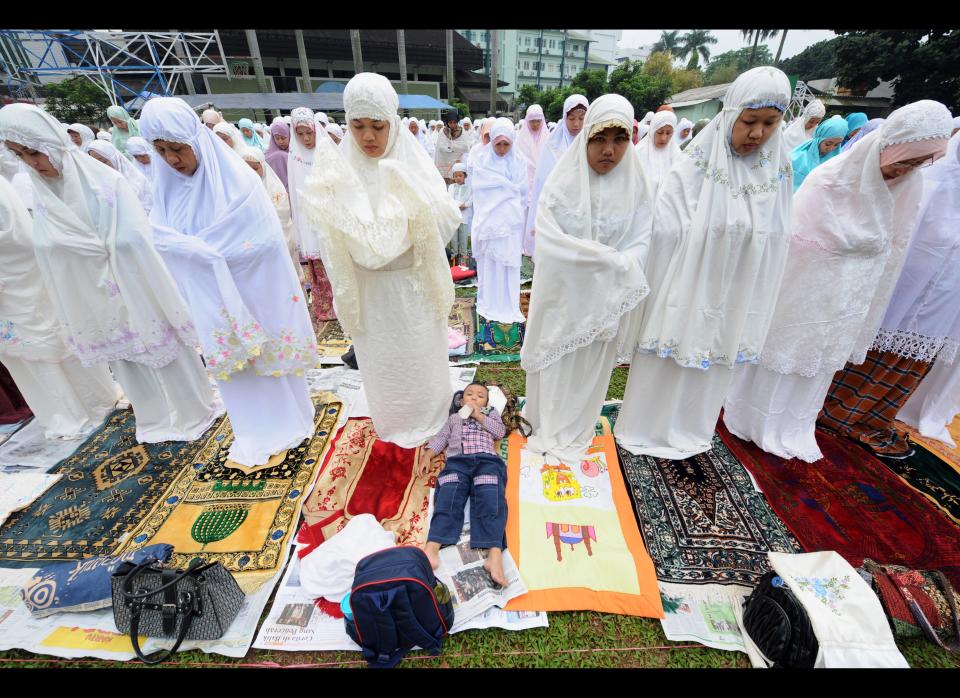
The Chador
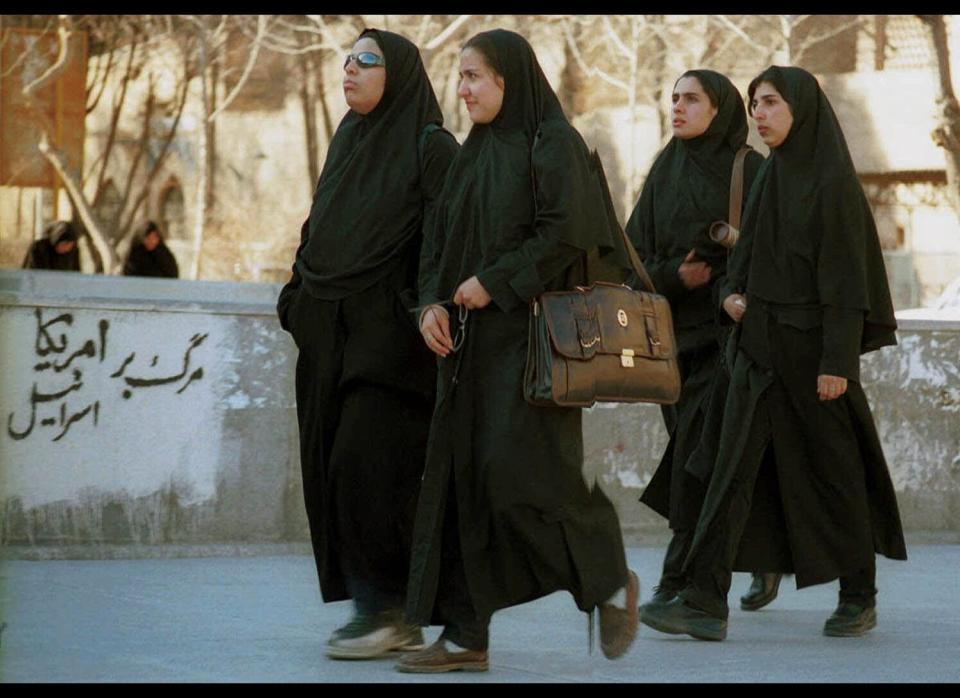
The Birquini
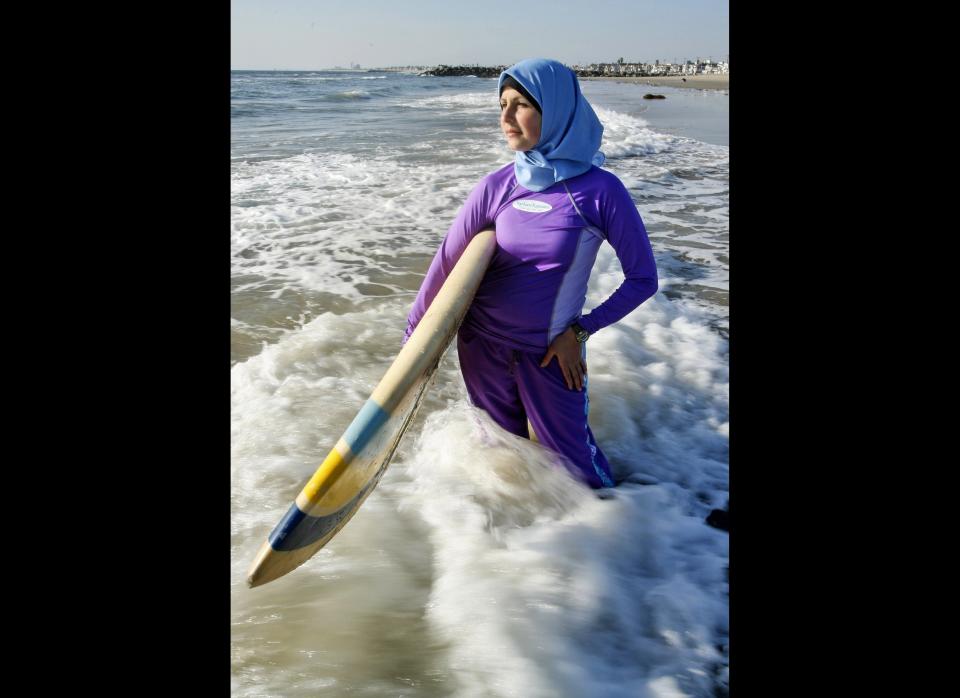
Baywatch: Abu Dhabi

This article originally appeared on HuffPost.

